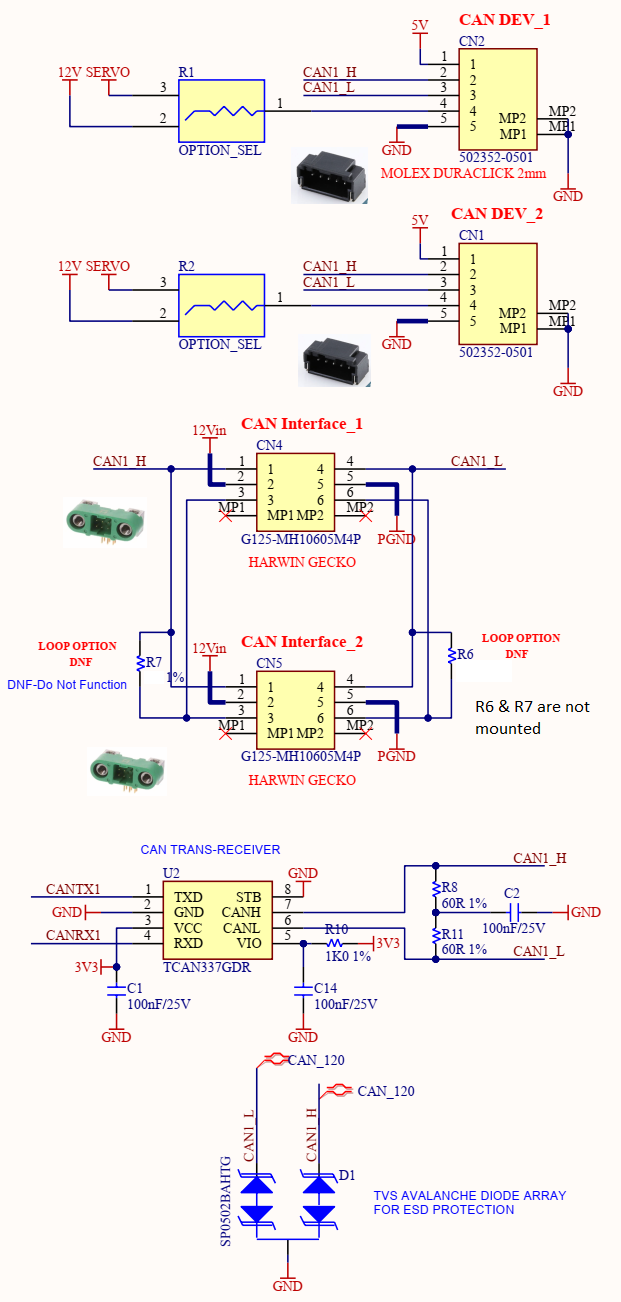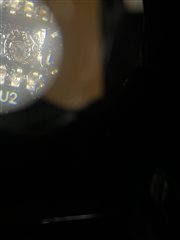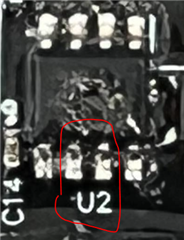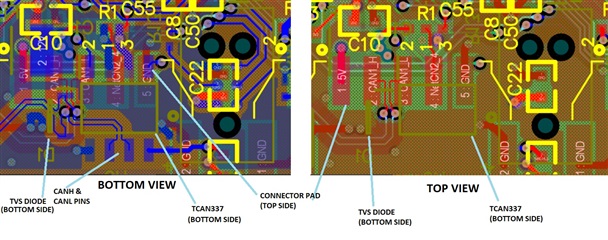HI,
I am using TCAN337 to connect upto 7 CAN nodes in a network for automotive application. I have dual CAN configuration, where CAN1 has 5 nodes and CAN 2 has 4 nodes. The circuit includes split termination (two 60 Ohms along with 0.1uF capacitor to ground) on one end (inside PCB) and standard termination with 120 Ohm physical resistor at connector of the last node. We also have SP0502 TVS protection diodes (rated at 5.5V and clamping at 8.5V) between CANH to ground and CANL to ground for each nodes (PCBs).
Recently we have observed failures in our CAN2 network. Two TCAN337 IC of our CAN-2 network were damaged. Out of them one TCAN337 IC has literally burned out and burn mark is visible with naked eye. We also found that TVS diode on CANH of this IC has failed in open mode. The other TCAN337IC is not burnt and TVS Diodes are also intact, but it does not do any communication.
Also it is important to note that the system was fully functional during the last testing two days ago and after that when we tried to power up this system today, then we observed these failures.
We have noticed two such occurrences of failure of TCAN337 and TVS Diode SP0502 for same node locations but in different setup.
Kindly guide me where we are doing wrong? What could have caused such a excessive burn out of TCAN337?
Is 5.5V TVS diode OK for a CAN network having TCAN337 trans-receiver operating at 3.3V?
All you valuable suggestions, insights and feedback on this are welcome.
Thanks.







